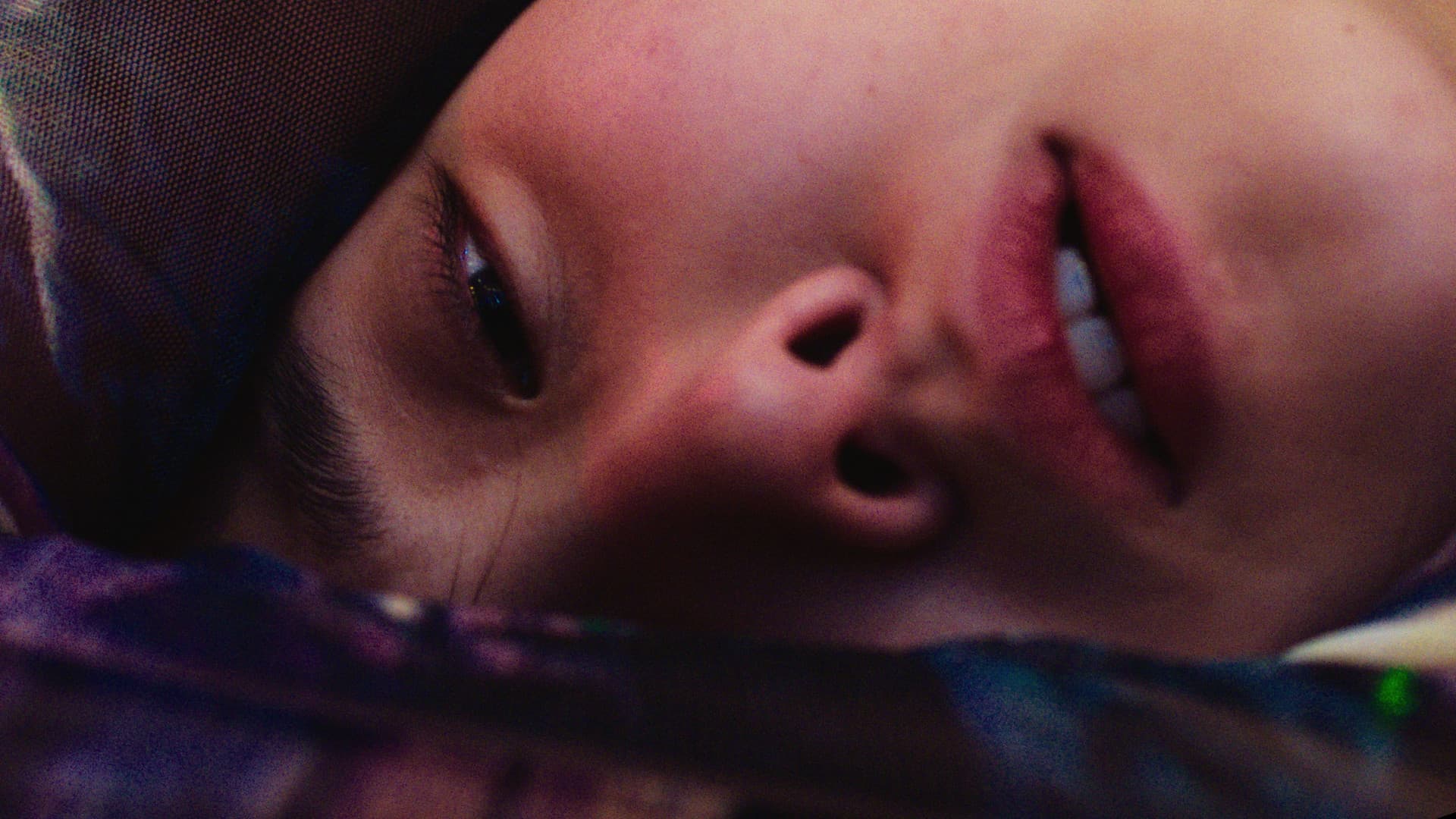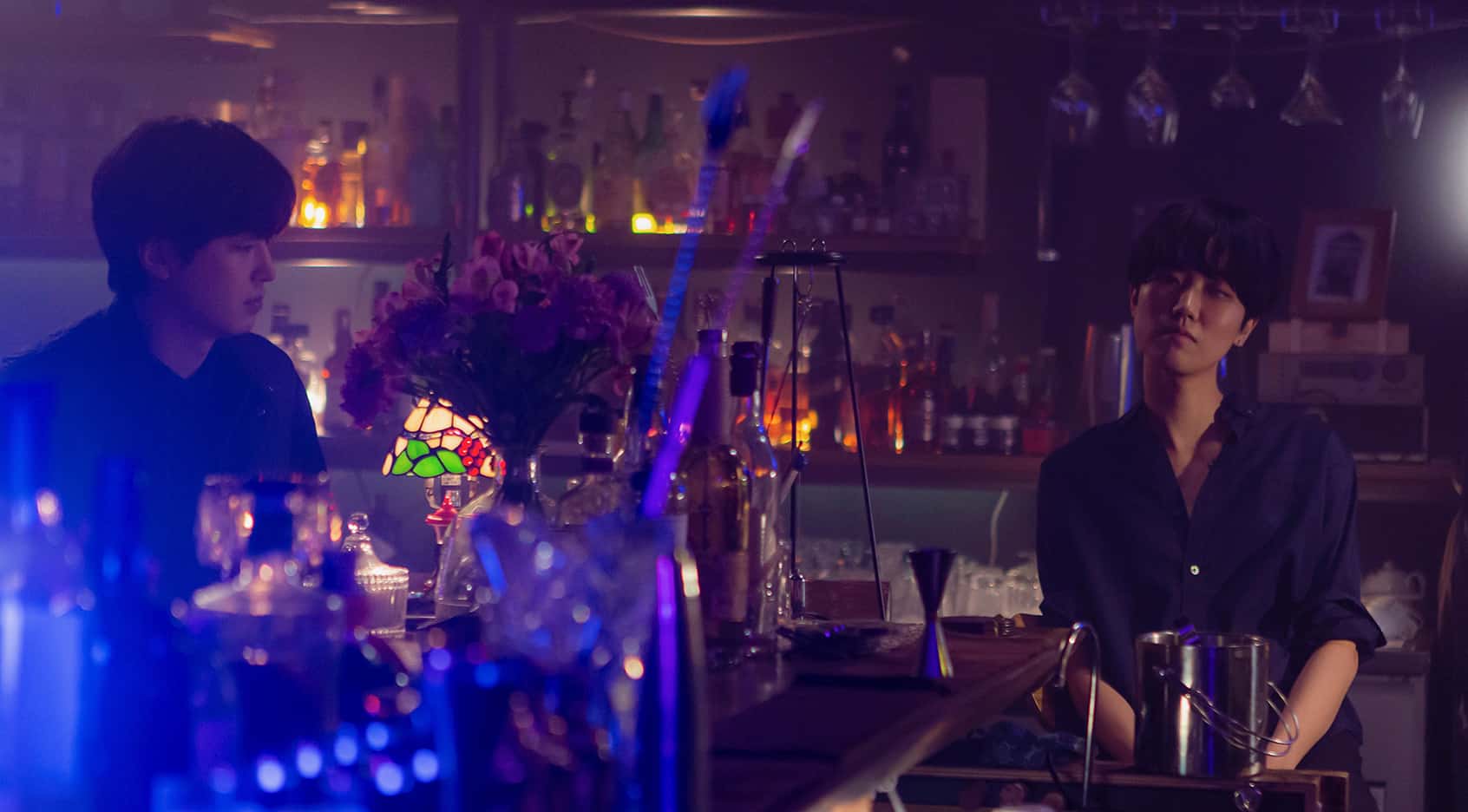One of the most anticipated movies of the last few years, particularly for fans of the “Rurouni Kenshin”-franchise, was the movie based on the final chapter of both the manga and the anime, which, in the original, concludes the story, in the most dramatic, but also the most magnificent way. Unfortunately, once more, a Netflix production went for impression rather than substance. Let us take things from the beginning though.
Wu Heishin, a man supposedly from Shanghai, arrives in Tokyo, only to be revealed a bit later, that his sole purpose is to exact revenge from Himura Kenshin, due to some events that took place between Battousai and his sister, Tomoe, in the past. Hajime Saito arrests the newcomer after a violent incident in the train that brought him, but a commercial agreement between Japan and China forces him to let him go. As Wu Heishin's gang begins attacking Tokyo in order to make Kenshin come out, the latter explains his whole story to his newfound family, but it is soon revealed that the truth is definitely not enough against this enemy. Inevitably, soon all hell breaks loose.

The two biggest flaws of the movie are also the most evident. The first one is that the narrative is utterly split between two approaches, one focusing on the action and the other one on the melodrama, with the latter being quite mediocre in its overall presentation, to the point that it becomes rather annoying after a point.
The second one, which also affects the first aspect, is that, contrary to the previous films, Ohtomo did not give space to the secondary characters to unfold at all, essentially choosing to focus on the star quality of the two main protagonists, in an approach that makes the story, apart from their main feud, irrelevant in the most annoying way, even more so since the actors in the roles are quite accomplished. Emi Takei in the role of Kaoru is struggling particularly due to the fact, in a role that could be much more interesting considering how the new revelation affects her, while a number of the characters seem to appear in the movie just to have as many actors from the previous films present as possible.
The past arc somewhat compensates in this regard, particularly regarding the revelation of how different Kenshin used to be, with the acting of both Takeru Satoh in the role and of Kasumi Arimura as Tomoe being particularly accomplished. The ending, however, of this arc, does not avoid the reef of forced sentimentality once more, with the scene with how Himura got his second scar being overly melodramatic.
On the other hand, the action element is top notch, with Kenji Tanigaki's action direction taking full advantage of both the protagonists and the group of stuntmen, in order to present a series of impressive and occasionally rather brutal sequences. Starting with the initial scene in the train, the cold-blooded, cool and sinister approach to the lives of others Takuma Otoo exhibits as Wu Heishin, benefits these scenes the most, also because his style of fighting is pretty similar to Kenshin's. The fact that both of them are presented as lightning fast benefits the action significantly, which finds its apogee in their utterly brutal battle. Takuro Ishizaka's cinematography and Tsuyoshi Imai's editing help the most in that regard, as much as the SFX during the explosion scenes, in an overall, great effort, in audiovisual terms.
“Rurouni Kenshin The FInal” will probably satisfy most fans of sword fighting action, but unfortunately, beyond this aspect, there is very little to enjoy here, in a title that has been reduced to a an almost completely mindless actioner.















